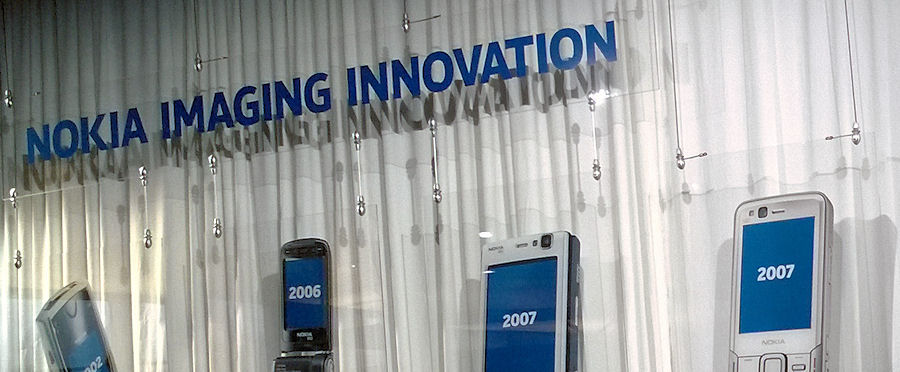"We were creating certain fragments for one OEM and then another bit for another OEM. So it was our customers who created the applications but we provided them with the technology that made it all work.
We didn’t have the creative control or the means to really make them the way we wanted. That was what Nokia offered us. We would become part of a core team that was strategically very important to Nokia. We could make our vision come true."
Judging by the popularity and the critical reception of Nokia's various imaging related apps over the last year, the Scalado acquisition must rate as one of the more successfully in Nokia's history, delivering recognisable results in a remarkably short time.

Something that doesn't get a direct mention in the Nokia Conversations piece is the use of RAJPEG technology in the Lumia 1020's imaging system. RAJPEG is a JPEG encoding technology, which was was developed by Scalado, that reduces the amount memory and processor overhead used when viewing or processing images. RAJPEG technology allows instant processing of any portion of an image while keeping an image in the compressed form. This means it is possible to view or process a portion of an image, without having to decode the full image (i.e. it get rids of unnecessary decoding), potential speeding up image manipulation by up to a factor of ten.
The RAJPEG (Scaladao CAPS) technology has been used in other phones, but it's especially relevant for the Nokia 1020 because of the large file sizes generated by the 41 megapixel camera's full resolution mode. In particular, the Lumia 1020's Pro Camera reframing option, which allows users to extract multiple images from one high resolution image, benefits from the technology, enabling fast and smooth performance. It is essentially invisible to the end user, but that doesn't stop it being a rather impressive technical achievement, and we think it is one of the reasons that reframing is going to be one of the key consumer experience on the Lumia 1020.
Taken together the drum beat release of Nokia's imaging related apps, the arrival of the Nokia Imaging SDK, and the contributions to the imaging magic in the Lumia 1020 are an impressive track record... it can only make us wonder what Nokia Lund might be cooking up next.
